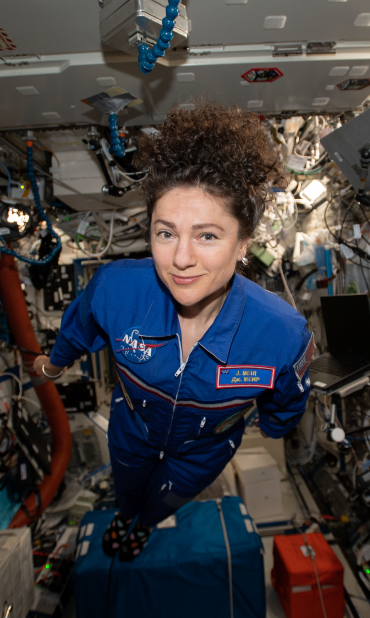Inside NASA’s Human Exploration Research Analog, or HERA, crew member Christopher Roberts heads upstairs through a hatch.
With about 650 square feet (60 square meters) of living area, HERA’s compact floor plan mimics the tight quarters of spacecraft envisioned for future missions to the Moon and Mars. Crew members split their time between HERA’s core, which includes a first and second floor, and a half-story loft at the top where they sleep.
The ladder in the picture above is between the first and second floor of the ground-based analog. This ladder makes up one of four sides of an elevator that helps the crew move bulky items from floor to floor.
____
NASA’s Human Research Program, or HRP, pursues the best methods and technologies to support safe, productive human space travel. Through science conducted in laboratories, ground-based analogs, and the International Space Station, HRP scrutinizes how spaceflight affects human bodies and behaviors. Such research drives HRP’s quest to innovate ways that keep astronauts healthy and mission-ready as space travel expands to the Moon, Mars, and beyond.
































